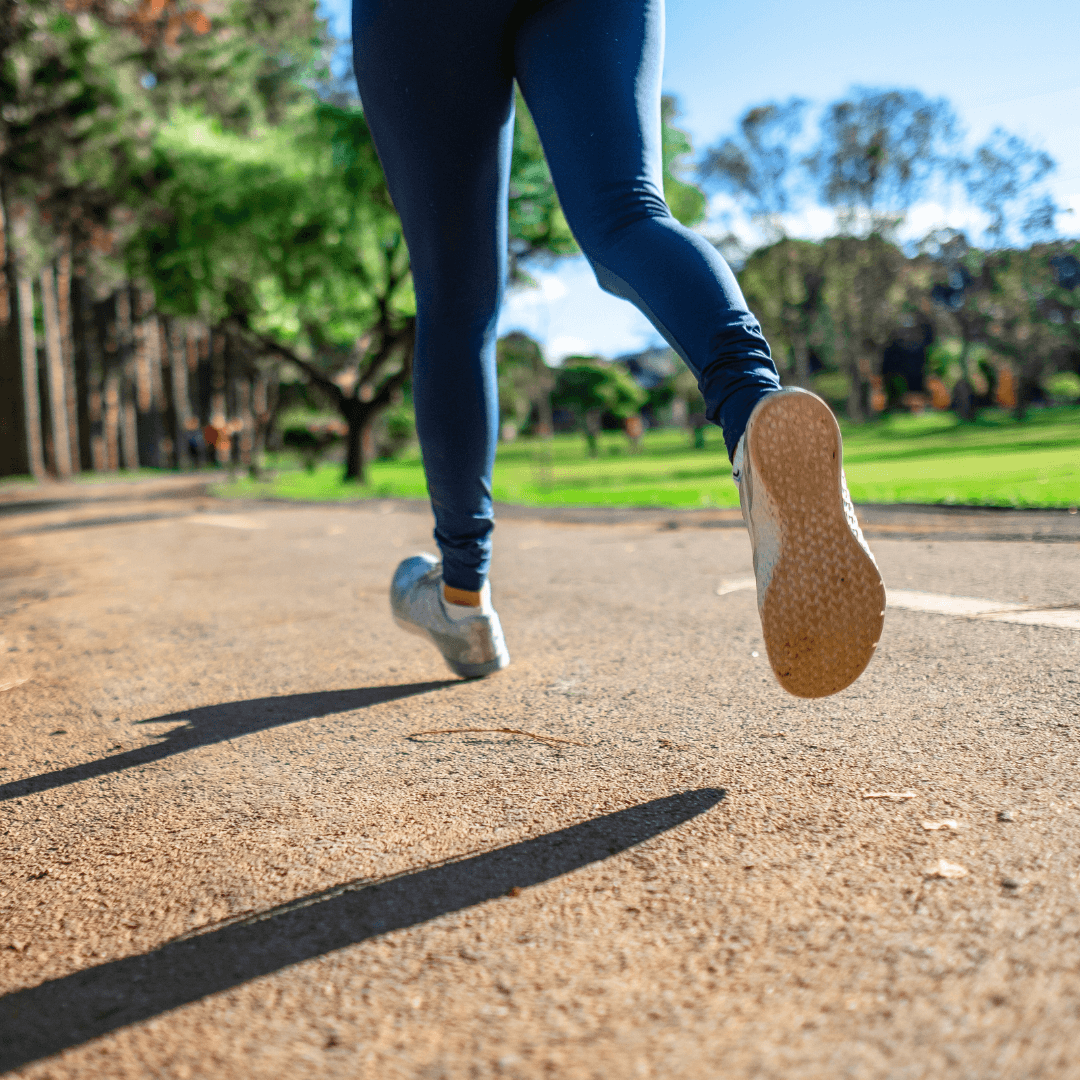Running and walking are complex, full body movements. If you want to be able to run, walk or climb stairs with improved freedom, ease and balance, we have to go back to the basics. In somatic movement, we can re-learn to run and walk through gait training. Gait retraining is a movement specific intervention that aims to facilitate learning new techniques for more functional and efficient walking and running mechanics. Gait re-training is effective in changing walking and running biomechanics. While strength training works in improving muscle strength, it is not enough to improve mechanics which requires muscle length. Adaptation to accidents or injuries, long term mental and physical stress, or overtraining can create chronically contracted muscles in the back, waist and abdominals. This can result in short steps, a shuffling or a lumbering gait. Tightness in the center restricts freedom of movement and puts excessive pressure on the hip joints. We will work to reduce tissue stress by either correcting the movement pattern that is causing the stress or changing the distribution of the stress from one joint to another.
We start with the same exploratory movements that all children do before they learn to walk. We move on to explore “cross-patterning” – your shoulders and hips move in opposition to each other. Your spine rotates gently to aid the movement of the shoulders. Your hips move in several different directions- gently up and down, forward and back as your arms swing in opposite to the legs. The center of your body is upright and lengthened. Your shoulders are on top of your hips. Your weight shifts from foot-to-foot, while your ankle flexes and lands.
What to expect during a gait re-patterning session?
To re-pattern your gait, we- me through looking- you through sensing- will assess your standing posture, to see if your weight is positioned more towards one foot or the other, more towards the front, back, or sides of your foot, we will look at how your pelvis sits at the base of your spine, we will look at how your spine twists from side to side, how your shoulder sit in relation to your pelvis, how you swing your arms, and turn your head. Next, we will assess your unique gait by having mindfully walk, to sense how you move.
The session will occur on a massage table where I will instruct you through a variety of movements to learn to release and relax the muscles of the center of your body so your hips, pelvis, shoulders and back can move with ease and fluidity. Moving away from the centre, I will guide you through movements to coordinate the movement of your extremities. Lastly, I will guide you through movements of your head and feet.
At the end of the session, we will reassess your standing posture and gait through movement to observe the shift in your body and experience of moving.
Frequently Asked Questions
Who is gait retraining for?
-runners who want to improve their gait
-people experiencing plantar fasciitis
-people recovering from ankle, foot, hip or leg injury
-anyone who experiences discomfort while or after walking or running
How many sessions will gait re-training take?
You should feel a change in your standing posture and gait within the first session. Everybody is different and different patterns have been ingrained for different times. I usually suggest working together weekly for a few weeks to ingrain the new pattern.
How does re-patterning of a movement happen?
- I help you plan the action/movement in your mind (motor program)
- You slowly move into the contraction (cortically execute)
- Even more slowly undo what you just did (cortically inhibit the contraction)
- Rest after you’ve detracted the muscle to let go of any previous pattering (muscle resets to lower tonicity)
- You sense into the results (brain receives biofeedback)
- I help you refine the plan of action in your mind
- Repeat the movement pattern to input the new pattern into your motor cortex
Why you might feel sore for a couple days after doing somatic movements:
-As muscles contract, waste (lactic acid) is produced. Lactic acid burns nerve endings & can take a few days to be flushed from your body
-Habitually contracted muscles don’t get as much blood flow. Somatic movement increases blood flow; soreness will ease with increased circulation
-Many people are numb or dissociated from their bodies and somatic movement causes them to actually sense their muscles and how sore they are from being chronically contracted
In conclusion, in order to realign your gait, together we will assess and explore the earliest movements that humans make that contribute to walking: from rocking to crawling to walking. We will examine the functions of arches of the foot, the knees, hips, spine, pelvic and shoulder girdles to analyze your gait. Together, we will work to re-pattern your gait to find the most easeful, functional and efficient gait to reduce pain and injury. Book a 15 min complimentary consult with me to find out more!
Running and walking are complex, full body movements. If you want to be able to run, walk or climb stairs with improved freedom, ease and balance, we have to go back to the basics. In somatic movement, we can re-learn to run and walk through gait training. We will examine the functions of the foot arches, knees, hips, spine, pelvic and shoulder girdles to analyze your gait. Together, we will work to repattern your gait to find the most easeful, functional and efficient gait to reduce pain and injury.
Book a 15-Minute Complimentary Consultation with me to find out more!

